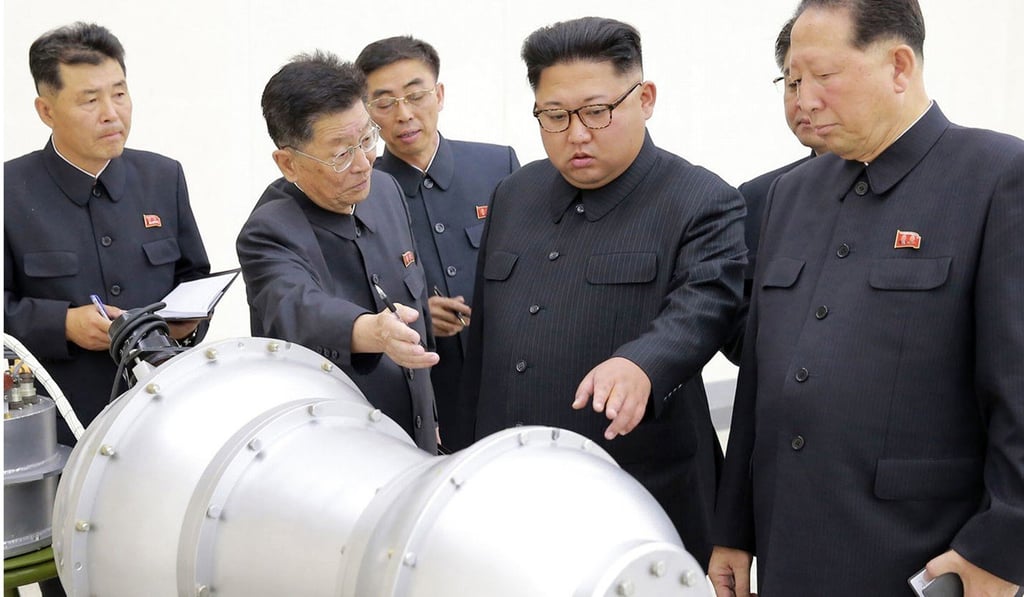Analysis | 20,000 South Koreans killed per day: the terrifying cost of a US war with North Korea
The defeat of North Korea would be inevitable, say US analysts, but it would come at a devastating price, even without the use of nuclear weapons

US President Donald Trump’s threatening posture toward North Korea – most recently exhibited at the United Nations, where he warned that the US could “totally destroy” the country – has prompted military strategists to examine what would actually happen if a war broke out.
The scenarios are a sobering corrective to the notion that North Korea’s nuclear capacity could be taken out in a single strike, or that the government would prove as fragile as that of Saddam Hussein in Iraq or Muammar Gaddafi in Libya.
And even in the event of a conventional war, the toll could be catastrophic - 20,000 South Korean lives per day, according to one Pentagon estimate.

And that is before the North Koreans turn to nuclear weapons. “There is only one way that this war ends,” Givens said. “With North Korea’s defeat – but at what cost?”